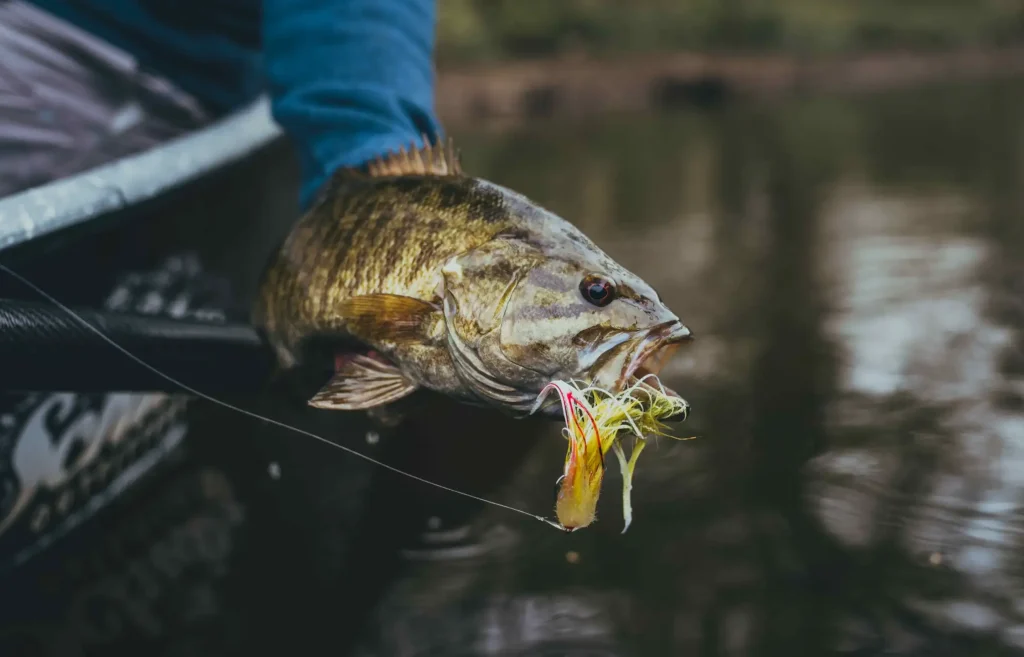Understanding the Basics of Fly Fishing for Bass
Fly fishing for bass is an exciting and rewarding experience, but many anglers often make mistakes that can affect their success on the water. Fly fishing for bass requires a combination of technique, patience, and knowledge of the fish’s behavior. Beginners sometimes overlook the importance of selecting the right rod and reel for their fishing environment, which can make casting difficult and reduce accuracy. Additionally, understanding the type of flies that attract bass is crucial, as using the wrong fly can result in a frustrating day with little to no action. Properly learning the basics of casting, retrieving, and presenting flies will help prevent common pitfalls and increase your chances of a successful catch.
Choosing the Wrong Equipment
One of the most common mistakes anglers make in fly fishing for bass is using inappropriate equipment. Selecting a rod that is too light or a reel that does not provide smooth drag can make landing bass unnecessarily challenging. It’s important to match your rod, reel, and line to the size of the bass and the water conditions. Beginners may also overlook the importance of durable leaders and tippets, which are essential for preventing line breaks when fighting larger bass. Investing in high-quality gear suited specifically for bass fishing will enhance your experience and prevent frequent frustration.
Ignoring Seasonal Patterns
Seasonal changes significantly impact bass behavior, and failing to recognize these patterns is another mistake in fly fishing for bass. During spring and early summer, bass tend to move closer to shallow waters for spawning, whereas in hotter months, they retreat to deeper, cooler areas. Understanding these seasonal shifts allows anglers to adjust their fishing strategy, choose the right locations, and select appropriate flies. Neglecting seasonal patterns often leads to wasted time and missed opportunities, especially when bass are actively feeding in specific areas.
Poor Casting Technique
A common challenge in fly fishing for bass is mastering proper casting technique. Many anglers either overcast or undercast, which can spook bass or prevent accurate placement of flies. Practicing controlled and precise casting is crucial for presenting your fly naturally. Mistakes in casting often result from using excessive force or not accounting for wind conditions. Regularly practicing your casting technique, including roll casts and false casts, will improve accuracy and increase your chances of enticing bass to strike.
Using the Wrong Flies
Selecting the wrong flies is a frequent error in fly fishing for bass. Bass are opportunistic feeders, and using flies that do not mimic their natural prey can lead to poor results. Observing the local aquatic environment and selecting flies that resemble insects, small fish, or amphibians commonly found in the area can make a significant difference. Experimenting with different sizes, colors, and patterns helps determine what triggers strikes on any given day. Ignoring this aspect of fly fishing for bass often leads to frustration and missed catches.
Neglecting Stealth and Approach
Another mistake anglers make is not approaching fishing spots quietly. Bass have keen eyesight and can easily detect movement or vibrations in the water. Wading carelessly, making loud noises, or casting shadows over potential bass hiding spots can scare fish away. Practicing a stealthy approach and using long casts from a distance are effective techniques to minimize disturbance. Being patient and deliberate with your movements ensures that bass remain within striking range and enhances your overall fly fishing for bass experience.
Failing to Adjust Retrieval Speed
The speed at which you retrieve your fly can greatly influence your success in fly fishing for bass. A common mistake is using a uniform retrieval speed regardless of conditions or bass behavior. Sometimes a slow, subtle retrieval mimics injured prey and triggers strikes, while at other times a faster, erratic retrieve provokes aggression from predatory bass. Paying attention to the bass’s reactions and adjusting your retrieval speed accordingly is key to landing more fish.
Ignoring Safety and Conservation Practices
While focused on catching bass, many anglers overlook safety and conservation practices. Handling bass carelessly can harm the fish, and leaving gear or litter behind can damage the environment. Following proper catch-and-release techniques, respecting local fishing regulations, and ensuring personal safety are integral parts of responsible fly fishing for bass. These practices not only protect the fish population but also preserve the quality of the fishing experience for yourself and others.
Conclusion: Learning From Mistakes
Avoiding these common mistakes in fly fishing for bass will enhance both your skill and enjoyment of the sport. By choosing the right equipment, understanding seasonal behavior, practicing proper casting, selecting appropriate flies, approaching stealthily, adjusting retrieval techniques, and following safety measures, anglers can dramatically improve their success rate. Remember, even experienced anglers continue to learn from each outing, making fly fishing for bass a continuous journey of skill, patience, and enjoyment.


